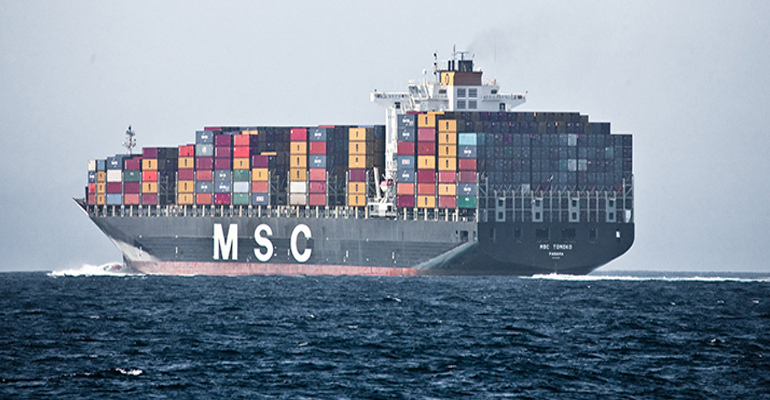Business
TOM PATTERSON: Breaking News – The Benefits of Free Trade Unveiled!

By Dr. Thomas Patterson |
Former President Trump has repeatedly expressed his affection for tariffs, describing them as his “favorite word” and claiming they generate “billions and billions” in revenue. These funds, he argues, could support essential spending or tax reductions while simultaneously revitalizing American jobs.
Currently, Trump has instituted universal and country-specific tariffs affecting over $1 trillion in imports, a significant increase from the $380 billion imposed during his first term. Should temporary exemptions for Mexico and Canada end in April, this figure could soar to $1.4 trillion.
The rationale behind tariffs seems straightforward to protectionists: prevent foreign companies from profiting at the expense of domestic producers. The fundamental belief is that by raising costs for foreign businesses, more profits can remain within the U.S.
However, historical evidence paints a grim picture of the efficacy of tariffs. The Smoot-Hawley Tariff of 1930 serves as a cautionary tale. After the League of Nations called for tariff reductions, President Franklin Roosevelt opposed the tariff, which was signed into law despite warnings from 1,028 economists and notable business figures like Henry Ford.
President Hoover, initially resistant to the bill, succumbed to pressure from advisors amidst concerns over agricultural overproduction caused by advancements in technology. Despite predictions that tariffs would stabilize the economy, they triggered retaliatory actions from trading partners. Canada, for instance, imposed tariffs on 30% of U.S. goods, forging stronger ties within the British Empire.
The immediate aftermath saw a temporary boost in industrial sectors. However, the long-term consequences revealed a stark downturn. U.S. imports plummeted by 66% and exports fell by 61% from 1929 to 1933, causing global trade to nosedive as well.
Unemployment rates skyrocketed from 8% to 25% by 1932-33, illustrating the tariffs’ failure to deliver on promises of job creation. While they did not instigate the Great Depression, they exacerbated its severity and longevity, suggesting that without Smoot-Hawley, the downturn may have been far less profound.
The overarching lesson underscores that free trade fosters mutual benefit and encourages economic growth, unlike protectionism, which thrives on competitive disadvantage. Data from the tariffs of 2018-2019, implemented under Trump and later continued by the Biden administration, further exemplify this failure, showing a 0.2% decrease in long-term GDP and the loss of approximately 142,000 full-time jobs.
Trump’s steadfast belief in a power-based negotiation style, where he is purportedly in control, continues to fuel his tariff strategy. This approach, however, raises fears of igniting a trade war that could lead to economic downturns, especially given the current precarious state of the American economy, heavily burdened by decades of deficit spending.
Historical trends and economic principles are unequivocal: tariffs are ineffective. A cautious approach is warranted, as the ramifications of such policies can resonate long into the future.
Dr. Thomas Patterson, a prominent figure in Arizona’s political and medical spheres, served as the chairman of the Goldwater Institute and as an Arizona State senator. He is also noted for authoring the state’s original charter schools bill.


















